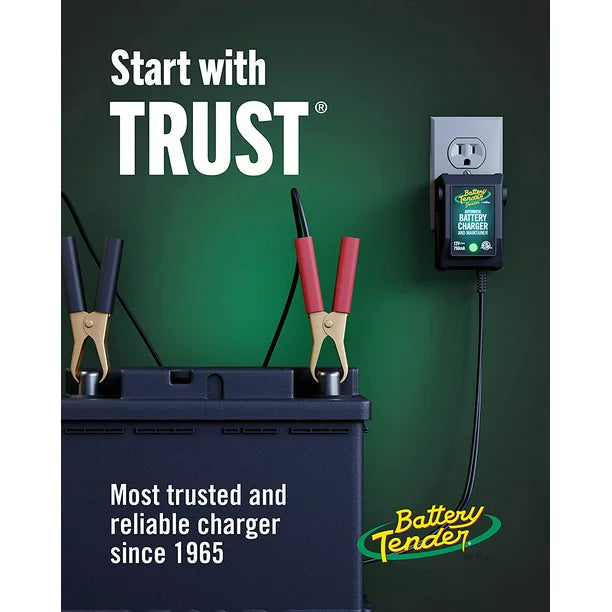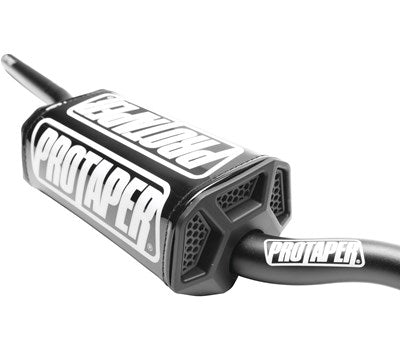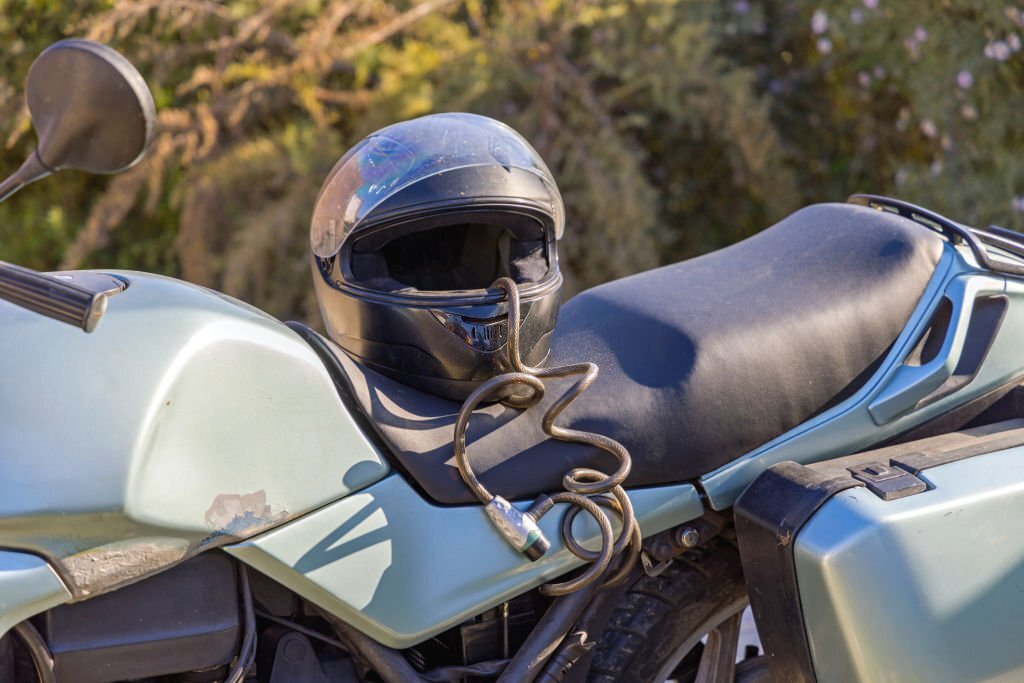There are many factors involved in the pricing of helmets, and it’s not always clear why helmets are priced the way they are. If you’re looking to replace your old helmet, or you’re shopping for your first one, you need to know how much you should expect to pay for one.
If you’re looking to save a few dollars, there are many things you’re probably asking yourself. You might even be wondering whether used helmets are safe, or if a helmet being more expensive means it’s a better quality product.
At the end of this article, all those questions, and more, will be answered.
What This Article Covers:
- Do You Need a New Helmet?
- Do Helmet Materials Factor Into Price?
- Are Used Motorcycle Helmets a Good Option?
- What Is the Average Cost of a Good Helmet in New Zealand?
- Are More Expensive Helmets Better Quality?
Do You Need a New Helmet?
The first step in this process is determining whether you need a new motorcycle helmet. Many people don’t know when to replace a motorcycle helmet, so let’s go over that.

Did you know that motorcycle helmets expire? General consensus is that your helmet should be replaced every five years. This is as long as it’s looked after well.
I recommend that you stay mindful of how you store and wear your helmet. Doing so properly extends its lifespan so you don’t have to keep forking out for it.
The helmet exterior needs to be protected from hitting anything hard, as this damages it. What most people don’t keep in mind, though, is that the inside of the helmet needs attention too.
One of the first warning signs that you need a new helmet is the inside structure changing. If your helmet no longer fits properly, it’s likely that the lining is coming loose. This means it no longer provides proper protection and should be replaced.
Although you can extend the lifespan of your helmet by looking after it well, you should still look into new helmet technologies every five years. You should consider replacing your helmet if there are new safety features available.
A new helmet should offer better protection than a five-year-old helmet. With this in mind, let’s go through motorcycle helmet pricing.
Do Helmet Materials Factor Into Price?
Motorcycle helmets vary in price. Cheap motorcycle helmets are unsafe because they’re made with sub-par materials. These materials often mean the helmet doesn’t meet safety regulations.
In New Zealand, motorcycle helmets must meet one of the following safety standards:
- Federal Motor Vehicle Safety Standard No. 218: Motorcycle helmets
- New Zealand Standard NZS 5430: Protective helmets for vehicle users
- British Standard BS 6658
- Japan Industrial Standard T8133
- Australian Standard AS 1698: Protective helmets for vehicle users
- Snell Memorial Foundation: Helmet Standard for use in motorcycling
Helmets that comply with these safety regulations will be clearly marked as such. These standards ensure your helmet is made using quality materials in the correct proportions.
Materials Used to Make Motorcycle Helmets
The materials used to make your motorcycle helmet influence its price. The different materials can also influence your helmet’s lifespan. This is worth taking into consideration when buying your new helmet.
I’ll briefly cover the main components of a motorcycle helmet and the possible materials that can be used to make them.

Polystyrene Liners
The liner inside your helmet is made from EPS—expanded polystyrene. The variable factor here is the density of the liner in your helmet.
A thicket EPS liner provides more protection for your head, making it a safer option. It can make your helmet more expensive though.
The liner is sandwiched inside the helmet in different densities. It’s the part of your helmet that keeps your head safe.
This is because when the outer shell of your helmet is hit by something hard, like the road when you take a tumble, the liner absorbs the impact energy instead of your head or neck. The shape of the liner then deforms as that impact is absorbed.
Cheaper helmets are available, but thinner EPS isn’t as safe. You want to invest in a helmet with a liner that’s at least 27 mm thick.
Take note that the liner thickness varies in different parts of the helmet, and this recommendation is for the thinnest part of the liner. The more vulnerable parts of your head, such as the crown, should have an EPS liner thickness of about 59 mm.
Vents
The purpose of the vents in your motorcycle helmet is to cool your head off. This is important when you’re riding your bike as it helps you stay concentrated and, therefore, safe. You want to spend your time on the road focusing on the task at hand, not worrying about how much you’re face is sweating.
Exhaust ports in your helmet draw warm air away from your head and circulate in cool, fresh air. Any holes cut in the actual shell of your helmet impact its structural integrity. These points are less safe when you’re in an accident, which is why they’re usually in places that are unlikely to make direct contact with the road or an obstacle.
In short, more vents in your helmet don’t necessarily make it better. You’re looking for adequate air movement combined balanced with the impact on structural integrity.
The optimal vent placement is at the front of your helmet near your mouth, at the top of the helmet just above your eyes, and at the back of your head.
This placement ensures warm air is expelled at the back of your helmet and your visor doesn’t mist up keeping visibility high.
Cheaper helmets might not have properly placed vents and should be thoroughly inspected before purchasing your helmet.
Visors
Helmet visors should give you a minimum angle of view and clarity. If the helmet has one of the above-mentioned stamps of approval, it meets these minimum standards. This means you’ll have a clear view of your surroundings.
Most helmets have a drop-down sun shield. This is important for seeing through the glare of the sun when it’s bright out.
Visors can be made from polycarbonate or acrylic. They need to be extremely strong, so you can often bend them inside out without breaking them.
The visor itself doesn’t vary the price of your helmet much. You can opt for buying more than one visor though, which makes things more expensive, but it’s a worthwhile investment. If your visor gets scratched for whatever reason, your visibility will be impaired.
Outer Shell
There are a few options when it comes to the material used for the outer shell of your helmet. The outer shell can be made from polycarbonate plastic, fibreglass, or carbon fibre.

Polycarbonate plastic shells are the cheapest option. They’re tough and offer great impact resistance. The downside to a cheaper polycarbonate helmet is that they’re heavier than the other options.
Fibreglass helmets are a mid-price range option. They’re cheaper to produce than carbon fibre helmets but offer similar safety benefits.
They’re lighter than polycarbonate helmets, but there is one downside. Fibreglass is rigid, so it doesn’t disperse energy across the shell well upon impact. For this reason, extra EPS is needed in helmets with a fibreglass shell.
Your last option is carbon fibre. This is the most expensive option. It’s what the pros use, because of how light and flexible it is.
Once you’ve chosen the shell material for your new helmet, you’ll want to consider the best motorcycle helmet colour for visibility.
If you want a neutral colour, white is a good option that’s still quite visible. If you want the statistically safest option, go for a neon yellow, green, or orange.
Are Used Motorcycle Helmets a Good Option?
Used motorcycle helmets are never a good idea. Here’s why:
As we mentioned earlier, the older a helmet is, the more likely it is that its safety features are dated. Buying a used helmet often means your “new” helmet is three to four years old already.
Another reason you shouldn’t buy a used helmet is that helmets are disposable. Once they’re involved in an accident, they can no longer be used. This is because either the inner or outer shell will be damaged and the impact-dispersing design will be compromised.
What Is the Average Cost of a Good Helmet in New Zealand?
There are a few helmet types you can choose from, once you know what materials you’d like your helmet to be made of.
We’ve listed them for you, along with the prices you can expect to pay:
- Modular Helmet: $200-$450
- Full-Face Helmet: $400-$1,099
- Open-Face Helmet: $80-$125
- Half Helmet: $99-$120
- Dual-sport Helmet: $499-$1,099
We think it’s worth noting that the full-face helmet is the safest motorcycle helmet. It’s not your cheapest option, but it is one of the safest NZ motorcycle helmet options.
Full-face helmets provide extra protection to your chin and face area. The visors are also strengthened, so if you’re involved in an accident, you’ll be well-protected.
Open-face helmets are cheaper, but they cover a lot less of your face. This means that if you’re involved in an accident, there’s a higher chance of injury when it hits the road.
Modular helmets are a good compromise if you can’t afford the full-face helmet. They provide adequate protection for your face, although they don’t protect you as much as a full-face helmet does.
Are More Expensive Helmets Better Quality?
If you’ve got the money to spare and you’re willing to spend it on a top-shelf piece of equipment, you need to ask if expensive motorcycle helmets are worth it for you.
In short, yes. Helmets that offer adequate protection for your face and head cost more to make because they use more materials to be able to cover more of your face. This increases the selling price.
There are cheap helmet options that are safe though. The bottom line is: make sure your helmet meets one of the above-listed safety standards.
Once you’ve made sure your helmet is safe and durable, you’re good to go.
If You Enjoyed This Piece, Consider Checking Out Other Blogs:
- Are Open-Face Motorcycle Helmets Safe
- Highest Motorcycle Helmet Standard
- How to Choose a Motorcycle Helmet?
- Why Do Bike Helmets Expire?
- Are MIPS Bike Helmets Safer?
- Best Motocross Helmet Under $300
- Best Value Motorcycle Helmet
- Best Motorcycle Helmet
- Most Advanced Motorcycle Helmets
- Best Dual Sport Motorcycle Helmet
- Best Motorcycle Helmet for Women
- Best Motorcycle Helmet for Cruisers
- Best Kids Motorcycle Helmet
- Best Lightweight Motorcycle Helmet
- Best Motorcycle Track Day Helmet






